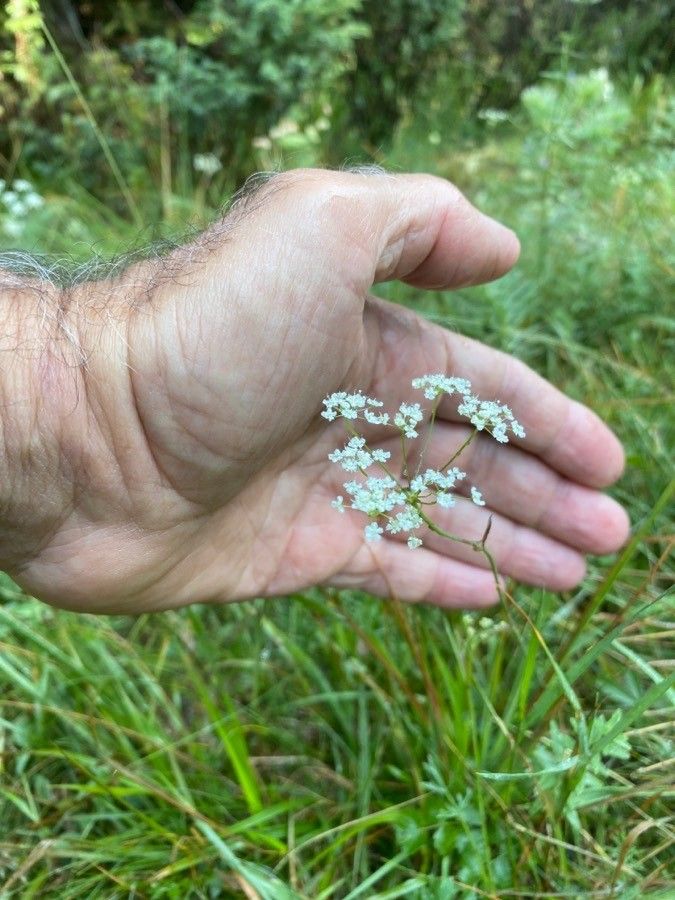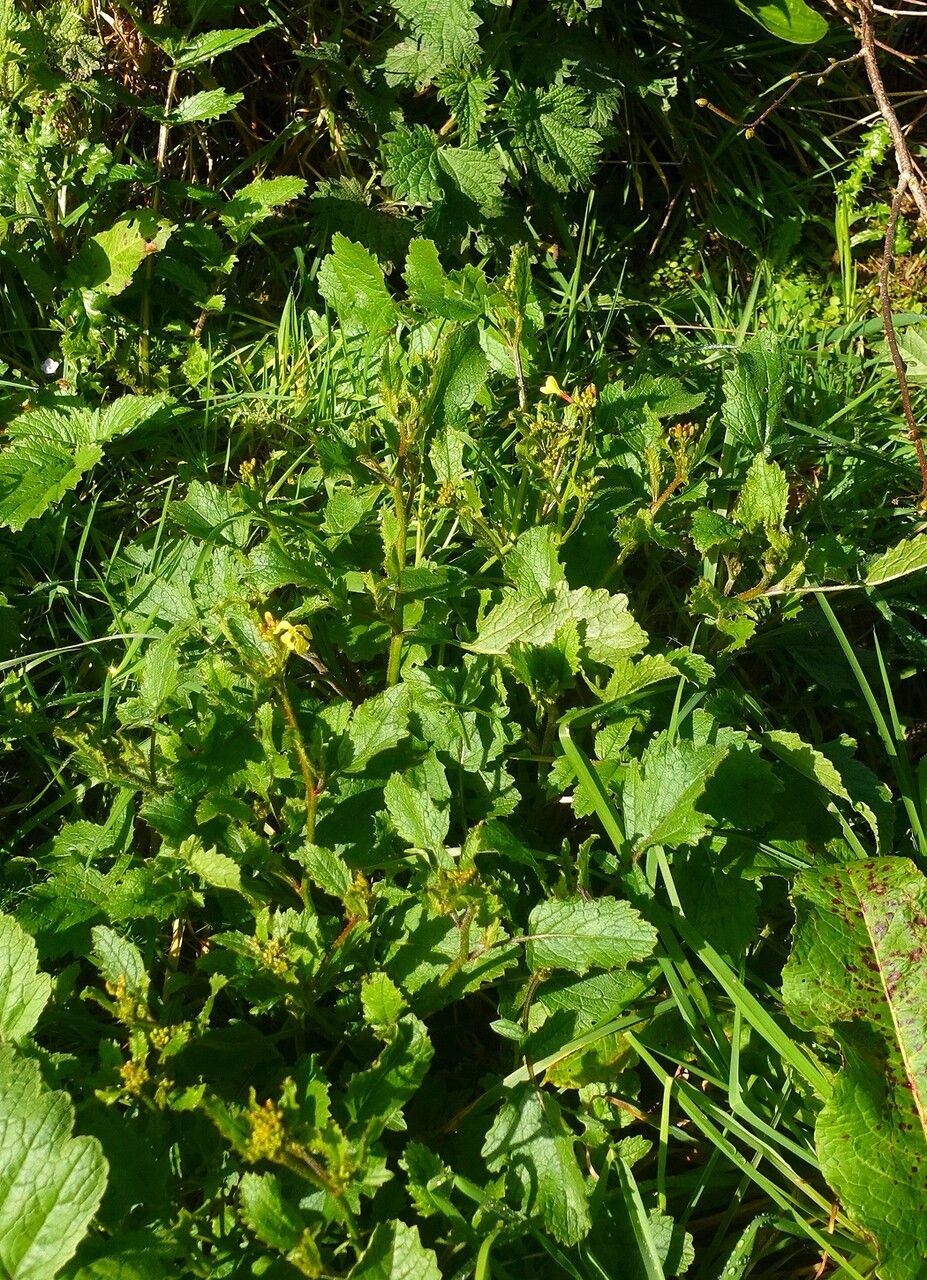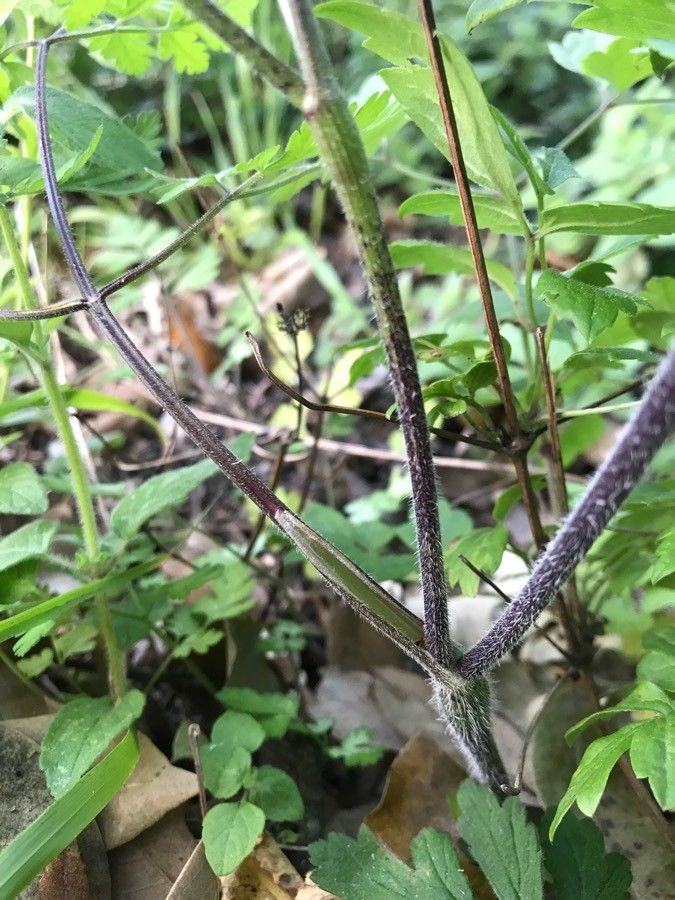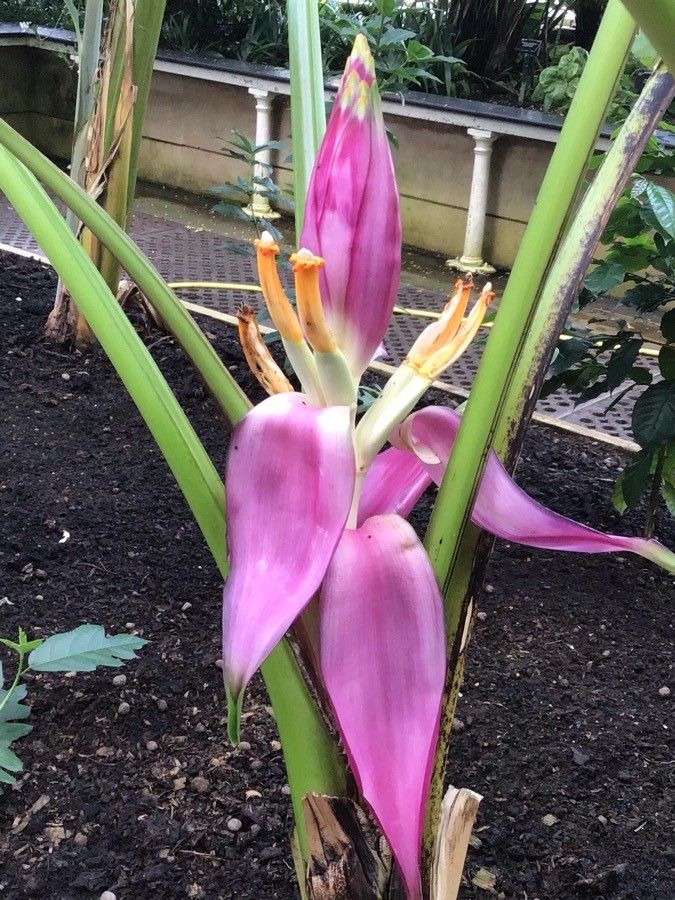# Burnet-Saxifrage: A Comprehensive Guide
Burnet-saxifrage (*Pimpinella saxifraga*), a member of the Apiaceae family (carrot family), is a charming and versatile plant prized for its delicate appearance and culinary uses. This comprehensive guide will delve into the specifics of cultivating this delightful herb in your garden.
### Identification and Characteristics
Burnet-saxifrage is a herbaceous biennial or short-lived perennial, typically growing to heights of 1 to 2 feet. Its finely divided, fern-like foliage is a striking feature, creating a delicate and airy texture. The small, white flowers are borne in umbels (flat-topped clusters) and appear in summer, attracting beneficial insects to your garden. The roots are also edible, though often overlooked.
### Habitat and Growth
Native to Europe and parts of Asia, Burnet-saxifrage thrives in a range of conditions, making it relatively easy to grow. It's often found in meadows, pastures, and along roadsides, showcasing its adaptability.
### Sun Exposure and Soil Needs
Burnet-saxifrage prefers a location with full sun to partial shade. While it tolerates some shade, optimal flowering and growth are achieved in sunnier spots. Well-drained soil is crucial; it dislikes waterlogged conditions. It thrives in average, moderately fertile soil and is tolerant of slightly alkaline to neutral pH levels. Avoid heavy clay soils which retain too much moisture.
### Planting and Propagation
Burnet-saxifrage can be propagated from seed or by division. Sowing seeds directly outdoors in spring or autumn is generally successful. Alternatively, you can start seeds indoors several weeks before the last expected frost. Division of established plants is best done in spring or autumn, ensuring each section has sufficient roots.
### Care and Maintenance
Once established, Burnet-saxifrage requires minimal care. Regular watering, especially during dry periods, is essential, but avoid overwatering. Deadheading (removing spent flowers) promotes further flowering and keeps the plant looking tidy. While not strictly necessary, a light feeding with balanced fertilizer in spring can encourage vigorous growth.
### Culinary Uses and Benefits
The leaves of Burnet-saxifrage have a distinctive, slightly cucumber-like flavor and are often used as a salad garnish or added to soups and stews. They're also a great addition to savory dishes and can be used as a substitute for parsley in some recipes. Historically, the roots have also been used for their purported medicinal properties, although more research is needed in this area. However, please consult a healthcare professional before using it for medicinal purposes.
### Pests and Diseases
Burnet-saxifrage is relatively pest and disease-resistant. However, keep an eye out for common garden pests such as slugs and snails, which can damage the foliage. Good garden hygiene and the use of organic pest control methods can help mitigate potential problems.
### Conclusion
Burnet-saxifrage is a delightful addition to any garden, offering beauty, culinary versatility, and ease of cultivation. With its delicate foliage and charming flowers, this adaptable plant is sure to become a cherished addition to your landscape, adding a touch of rustic charm and a hint of cucumber-like flavor to your meals.
Burnet-saxifrage: Planting, Care & Guide

Frequently Asked Questions
How to grow Burnet-saxifrage from seed?
Sow seeds directly outdoors in spring or autumn in well-drained soil. Alternatively, start seeds indoors several weeks before the last frost and transplant outdoors once established.
What type of soil does Burnet-saxifrage prefer?
Burnet-saxifrage thrives in well-drained soil. It tolerates average, moderately fertile soil with a slightly alkaline to neutral pH. Avoid heavy clay soils that retain too much moisture.


